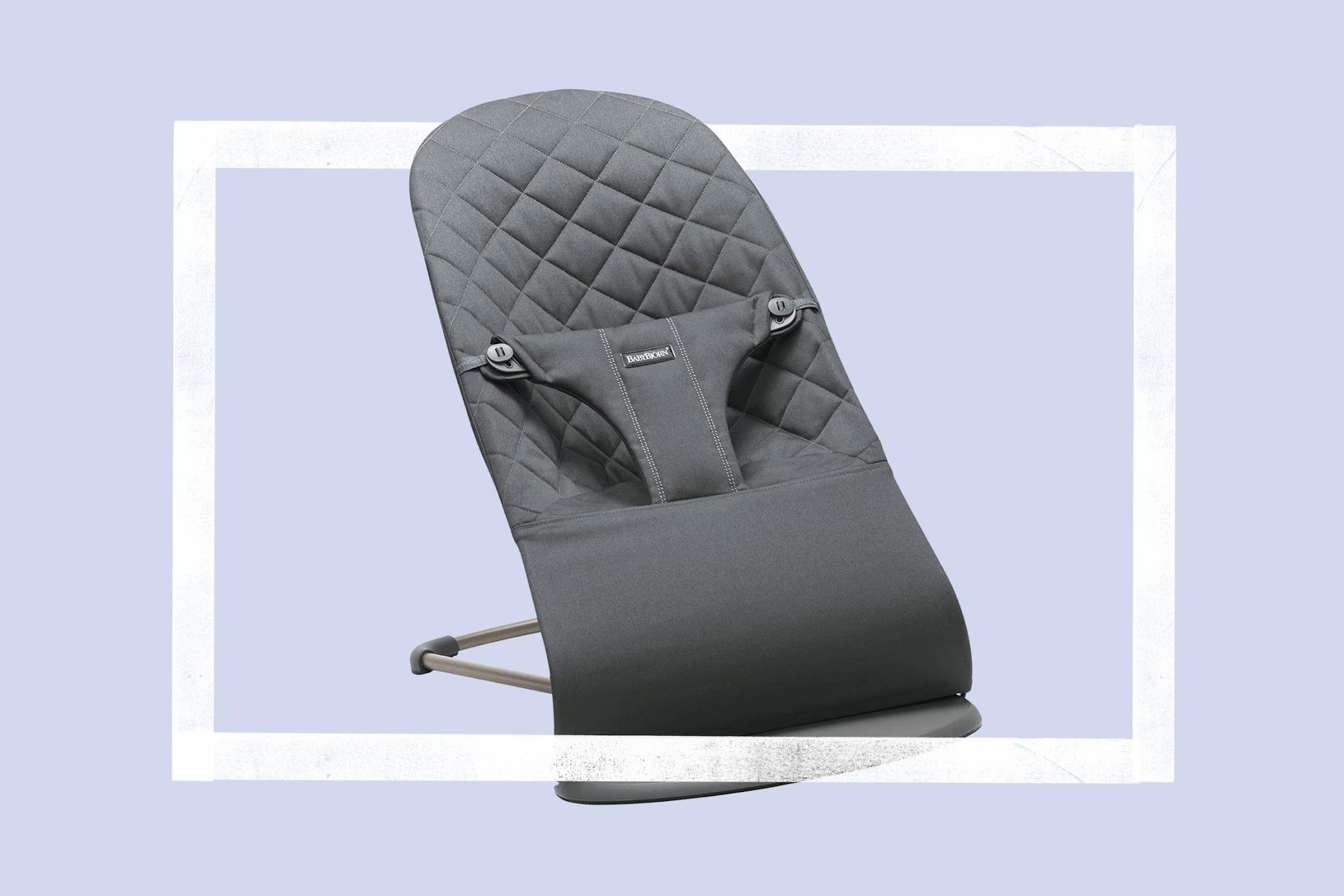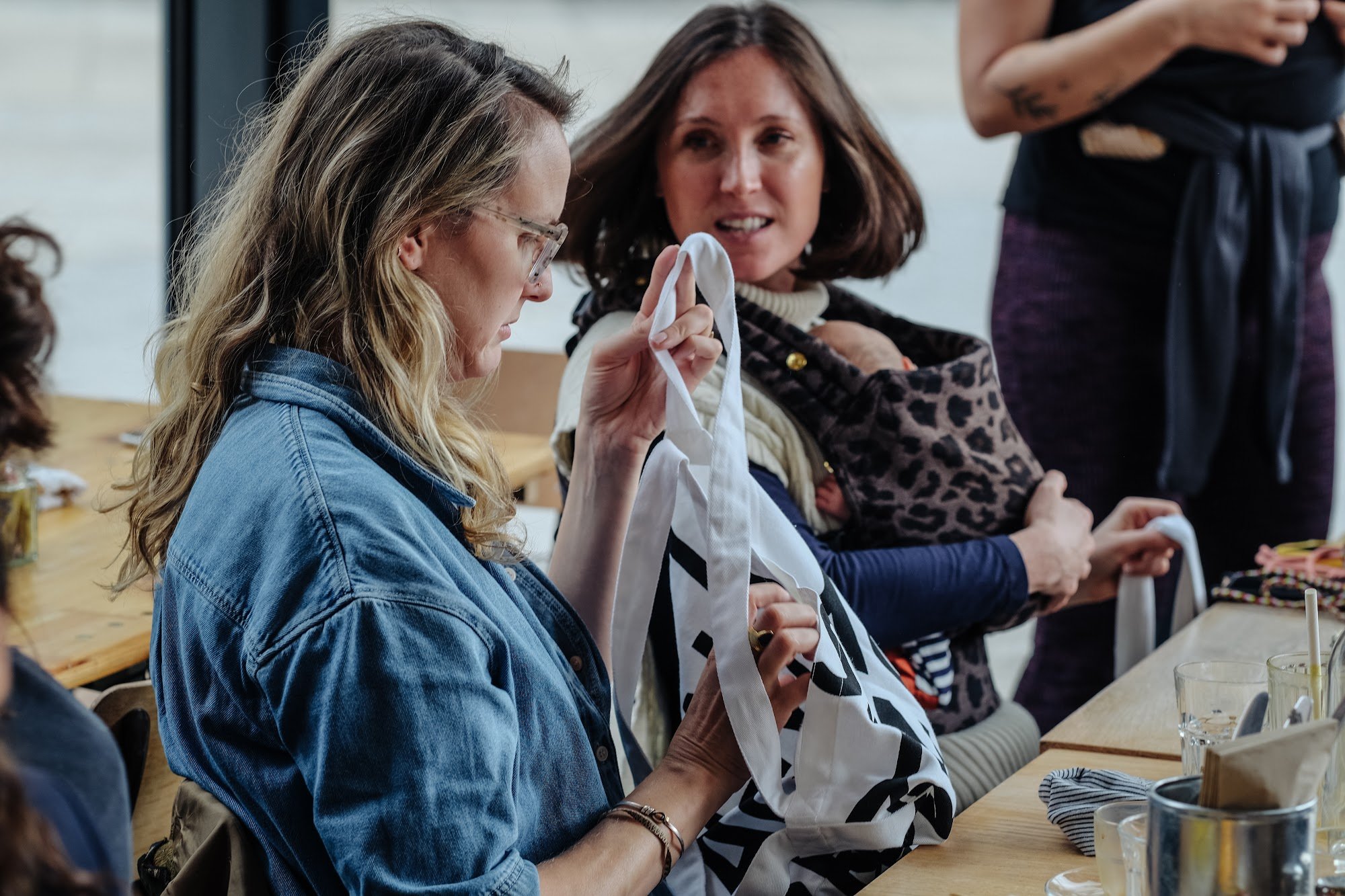
Welcome to week 23 of the Happy Parents Happy Baby guide to pregnancy, birth and beyond.
This week we’ll be covering:
We hope you enjoy it!


Your growing bump may have become a bit of a giveaway at work so if you haven’t told your boss and colleagues yet, now might be the right time. This is not just so they can make sure you are safe in the workplace and not doing anything which could harm you or your baby. It’s also because you will need to make sure you are eligible to claim for maternity pay and other benefits.
The MATB1 is a form you need to complete at least 15 weeks before your due date. You can get the form from your doctor and midwife and it’s needed by your employer as proof of your pregnancy. Once your boss has seen it they will be able to confirm how much maternity pay you’ll get and when it will start and stop. You will also be able to discuss when your maternity leave will start.
If your company has its own maternity pay scheme you may be eligible for more money than the Statutory Maternity Pay (SMP) from the government. Your employer can’t offer you less than SMP.
Your employer is also obliged to give you time off for your antenatal appointments. Your partner is also entitled take unpaid time off to accompany the woman to up to two of her antenatal appointments. You can read more about this here.
The government states that your maternity leave and SMP will start automatically if you are off work for a pregnancy related illness in the four weeks before your baby is born.
While your baby’s lungs aren’t able to work properly yet, they are practising breathing movements to prepare for when they are born. Your baby currently gets all of its nutrients and oxygen from you and your placenta.
Your baby’s skin will still be looking quite saggy but will now be a pinkish colour as the network of veins and arteries develop.



Each week we’ll be delving into the common symptoms of pregnancy and bringing you top tips for managing them from our team of specialists and parent community.
Ouch! Leg cramps are keeping me up at night
We’re sure you don’t need us to explain the unique pain that leg cramps are as during pregnancy won’t be the first time you’ve had one. But annoyingly they are another common symptom, which can affect a lot of women, especially in the latter stages of pregnancy. They can often happen at night, giving you another reason to have a disturbed night’s sleep – great!
Why?
Leg cramps are caused when a muscle in your leg shortens and tightens and causes an intense pain. This pain can last from a few seconds to up to 10 minutes. You might have experienced them in your calf at night, but they can also happen in your feet and, less commonly, in your thigh.
Most cramps will go away without you having to do anything apart from perhaps stretching or massaging the area to relieve the tension. The area might feel tender the next day.
It’s not known why leg cramps happen during pregnancy but it could be due to changes in your metabolism, less exercise, dehydration or vitamin deficiencies.
Top tips:
If you’re being woken up by leg cramps your GP or midwife might be able to recommend some foot and calf stretches which could help. Sadly, there’s not really a way of stopping them happening completely.
Stretches could include bending and stretching your foot up and down, pulling your toes up hard towards your ankle and rotating your foot clockwise and anticlockwise. Try to do these exercises at least once every day.
In very rare instances cramping could be a sign of a blood clot which is more serious and will need urgent attention. See your GP if you’re getting cramps very often and if you notice any swelling or numbness in your leg.
Read more about managing second trimester symptoms here
Susan and James attended our Stratford and Forest Gate course before Annabel was born
“Baby Annabel’s birth fell firmly in the category of ‘could have been worse’! We had thought carefully about our birth preferences with the help of the HPHB proforma, but knew from the course (and from hearing other parent’s experiences) that it’s very unpredictable and these could all potentially go out the window, so we knew we’d have to just go with the flow. We had hoped for a midwife-led birth with the help of hypnobirthing and possibly a waterbirth, but unfortunately my waters only partially broke on their own, and because I had had an antenatal urine sample positive for Group B Strep they artificially ruptured the remaining membranes – this meant I had to be on the labour ward from the get-go.
“We still managed to use some of our hypnobirthing techniques that we learned on HPHB, but the intensity and pain from the contractions increased so suddenly after the ARM, that after about an hour and a half of trying to manage them, I had an epidural. The epidural was fantastic and I actually cried tears of relief when it started working. The information we learned about epidurals during the HPHB meant I felt totally OK about having one – there are risks associated of course, but I felt really well informed about them and knew it was definitely the right thing for me at that point in time. I was lucky enough that the anaesthetist did a ‘patient-controlled’ epidural which meant I could control (roughly) how strong it was via a button, choosing either to top it up or let it wear off a little bit. After the epidural we had a very chilled afternoon – we had a nap and watched a bit of trashy TV. The only downside was I wasn’t allowed to eat any of the many snacks my husband had packed. He did though! The midwife examined me 4 hours later and I was fully dilated! So after a further hour of rest, it was time to start pushing. The patient-controlled epidural meant I could hold off pressing the button for that hour so I could feel my contractions a bit more. It was great as I could feel the pressure but couldn’t feel any pain, and in between contractions I was totally comfortable. So much so I was singing along to the songs on our birth soundtrack (Ed Sheeran, Paolo Nutini, etc.).I was pushing for about 1h45min when baby started showing some decelerations on the monitor, so the room started to fill up with more doctors and midwives. They used a ventouse for the final two contractions and so I needed a small episiotomy, and there she was!”
We really do love hearing about all of the new arrivals!


Treat yourself to some hands-free time with the BabyBjorn bouncer. This baby bouncer supports your baby exactly as they should be and doesn’t require any batteries – it naturally rocks with the baby’s movements. It’s also great if you’re short for space as it folds flat and is easy to store away.
Products are based on suggestions from our specialists and community of parents. We may earn commission from shopping links.
Happy Parents Happy Baby is here to support you through every step of your pregnancy, birth and parenting journey.
Connect with other parents-to-be and learn everything you need to know, by joining our award-winning antenatal classes.



Thank you so much for joining us!
Have a great week.
Team HPHB x
Information you
can trust
Our articles are based on the latest-evidence based guidelines and scientific research and are written by our team of medical experts.
Coming up
next week
Check out our Instagram page for extra resources from our team of experts and for free live events, such as pregnancy relaxation sessions
Follow us @happyparents.happybaby







Free downloadable resources and weekly guides for your pregnancy.
Enter your postcode to find your nearest Happy Parents Happy Baby antenatal classes